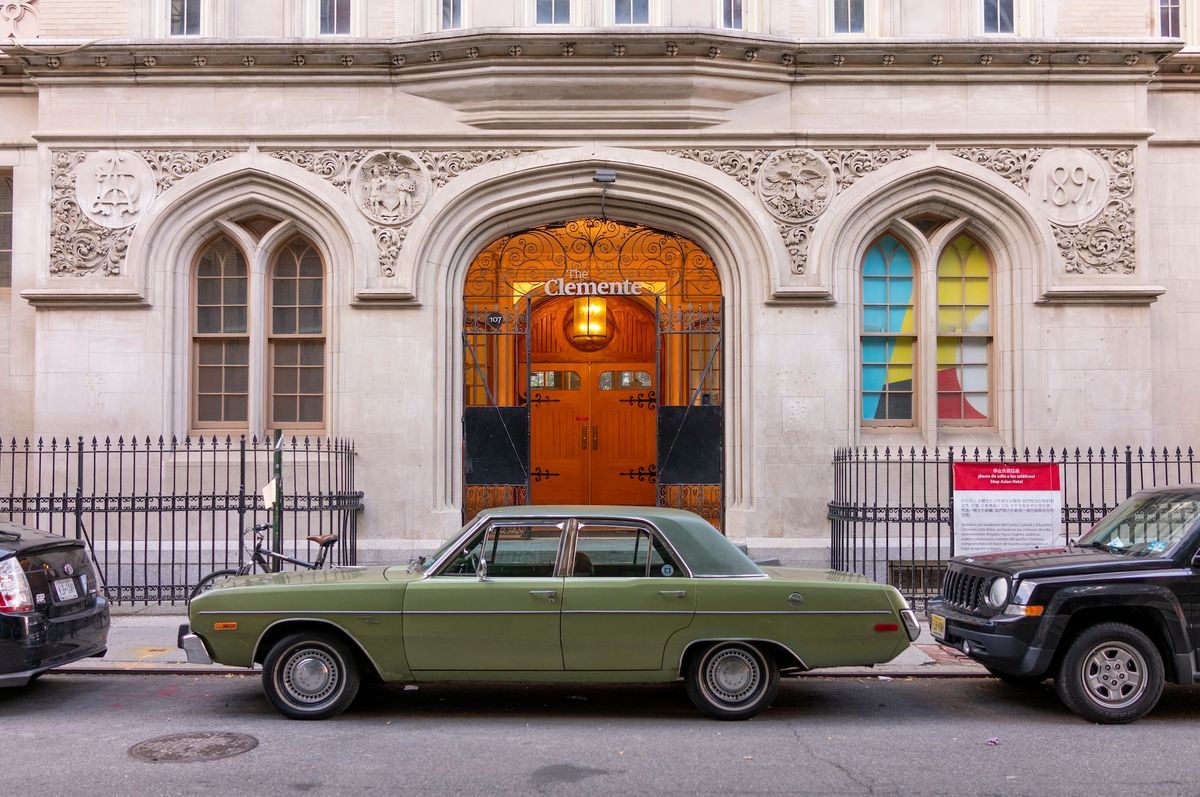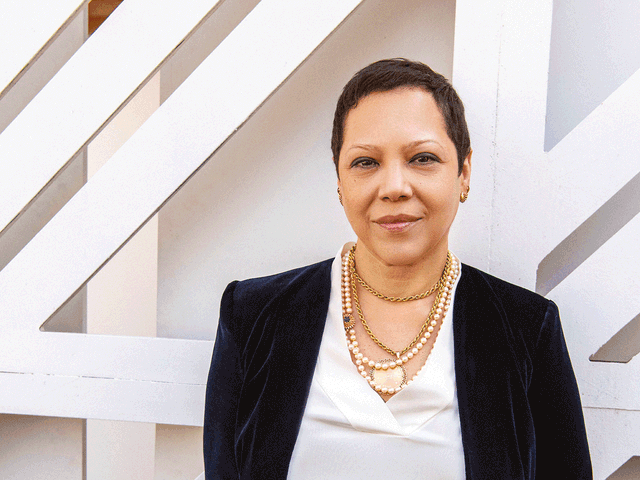The Clemente Soto Vélez Cultural & Educational Center, a New York-based non-profit focused on Latinx arts and heritage, has launched a $2.5m initiative called Historias, supporting art commissions, public programmes and scholarly research related to contemporary Latinx narratives over the next three years throughout New York City.
“For three decades, the Clemente has existed in a collaborative, resource-sharing model and as a hub of various multigenre arts organisations,” Libertad Guerra, director of the Clemente, tells The Art Newspaper. “We have a vast ecosystem of Latino organisations and artists, and wanted to think about how we could mediate the assets of our network through a cohesive platform.”
Historias launches this Saturday (28 September, 2-9pm) with a block party outside of the Clemente's 19th century building on Manhattan’s Lower East Side. The day will feature performances, music and the newly commissioned video Cuarto Oscuro by Seth Tillet and Lucía della Paolera—a work inspired by Franz Kafka’s unfinished novel Amerika, likening its plot to the experiences of immigrants and refugees in the US. The film will be projected on the façade of the Clemente, which is currently undergoing a major renovation project. Around 40 artists will participate in the block party, including Yanira Castro, Jonathan González, Xenia Rubinos and Jesús Hilario-Reyes.
The larger Historias initiative will be presented in three phases. The first is called "Historias Sembradas" (Sown Histories) and includes a collaborative project with Public Art Fund called the "Domino Table Talks". These will bring together Latinx poets, filmmakers and artists for a series of domino tournaments while they discuss ideas related to how play influences cultural syncretism, public space and the transfer of memory. The domino games will be held throughout the city, at first activating Edra Soto’s sculpture Graft (2024) at Central Park’s Doris C. Freedman Plaza—a grouping of metal and terrazzo works and benches that honour Puerto Rican architecture and the tradition of oral histories.
The first phase also features a poetry series with readings and live performances organised in partnership with the Brooklyn Public Library and Brooklyn Book Festival. One highlight is an event celebrating the launch of the book Latino Poetry: The Library of America Anthology, edited by the Chicano poet Rigoberto González.
The second phase, "Historias Entrecruzadas" (Interwoven Histories), begins in autumn 2025 with the launch of the Nueva York Chronicles, a digital platform tracing the timeline of Latinx cultural movements from the 20th century to the present through collective research. The launch will be accompanied by a symposium and public programmes, and will be used as a repository for documentation of Historias, including videos, maps and digital commissions.
The third phase of the project, "Historias Reveladas" (Histories Revealed), will take place in spring 2026 and feature art exhibitions, commissions, walking tours, lectures and other programming.
The Clemente, named after the Puerto Rican activist and writer Clemente Soto Vélez, was founded in 1993. Since its inception, it has been a pillar of the Latinx community in New York—the largest Latinx population in the US, making up nearly 30% of the city’s residents. The Clemente receives around 70,000 visitors per year and supports around 80 artists in residence with subsidised studio space.
Historias is the Clemente’s largest initiative to date, and will be realised in partnership with the Latinx Arts Consortium of New York, the Kinfolk Foundation, the Vera List Center for Art and Politics, Bric and Incite at Columbia University, among other organisations.
Most of the programming for Historias will take place in satellite locations, as the Clemente building undergoes a $13m renovation project that is expected to be completed next summer. The renovation will add a series of improvements to the Clemente, which houses four theatres, two galleries, nearly 50 studios and other spaces across its 100,000 sq. ft.



